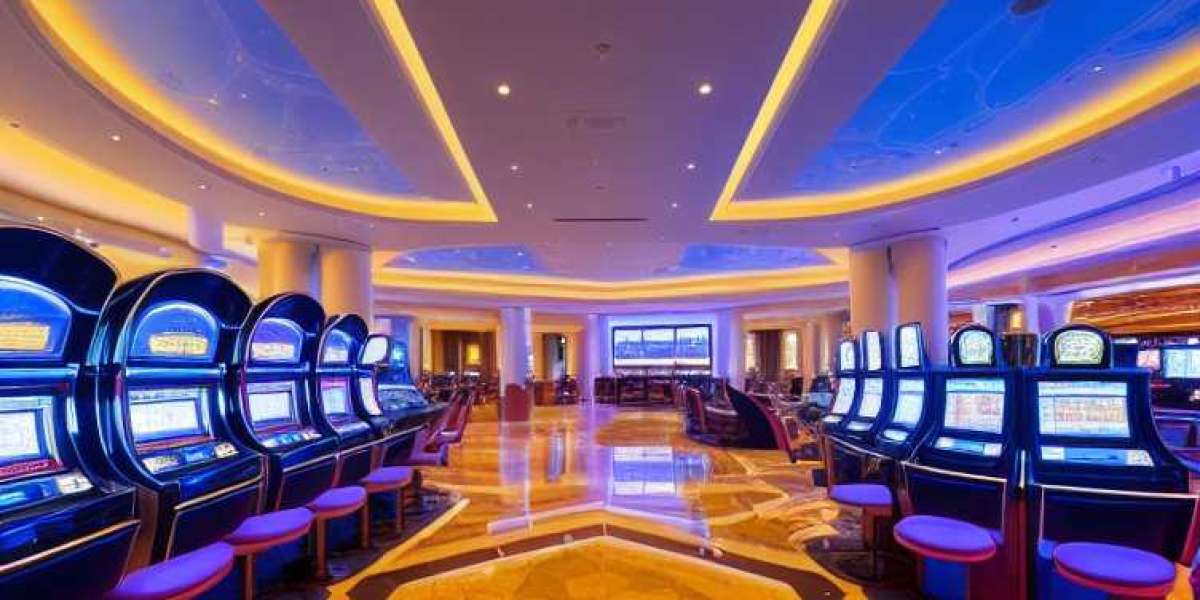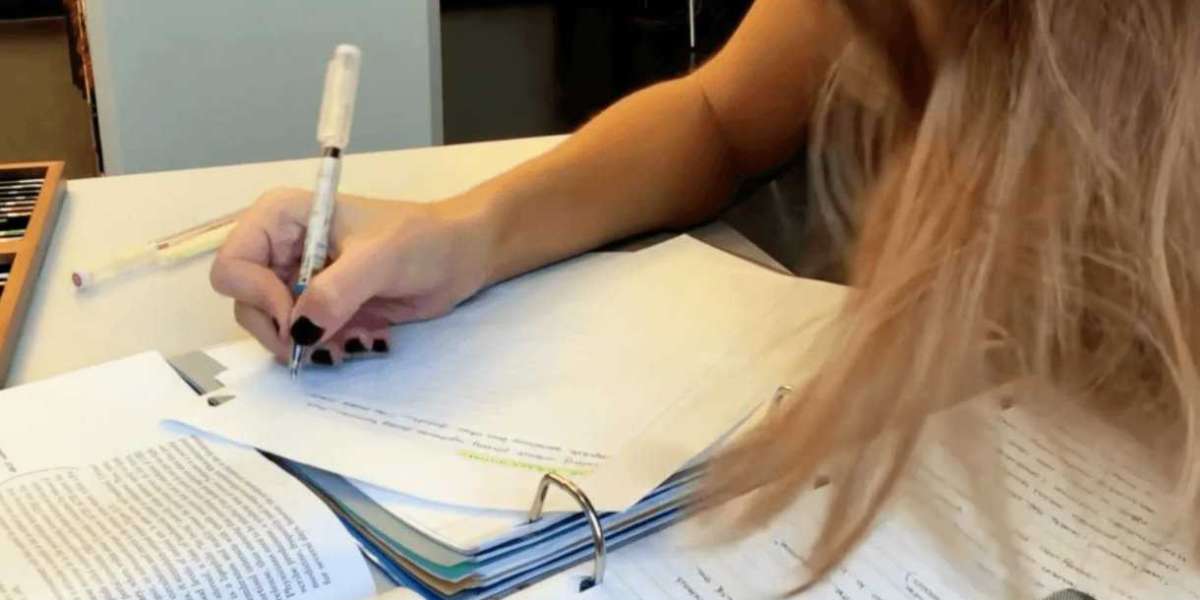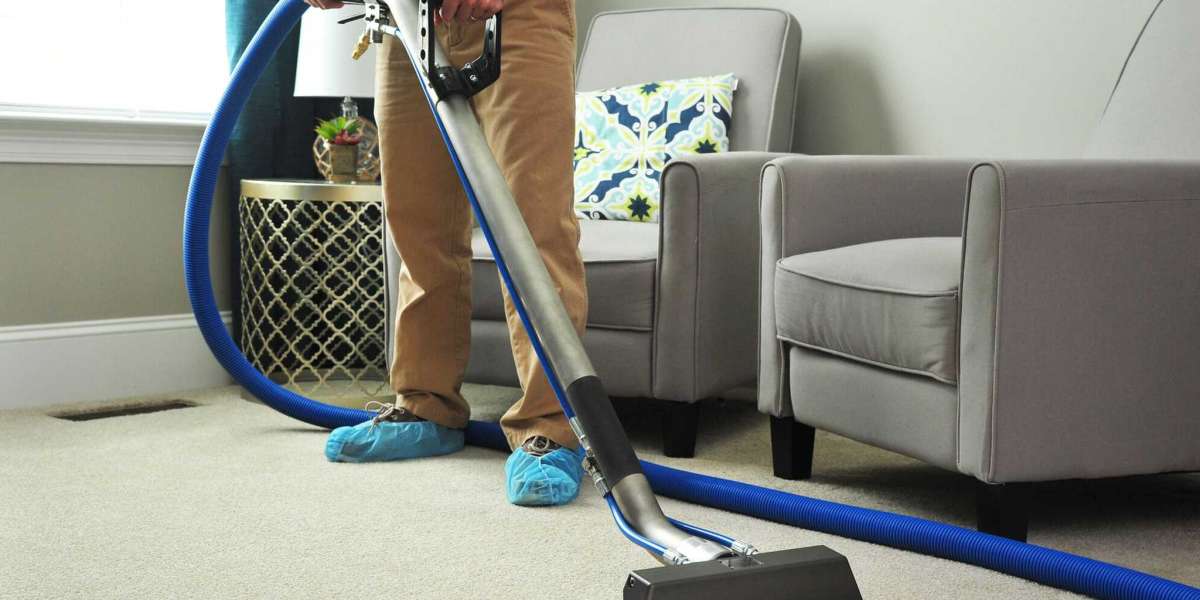In today's business world, cleanliness and presentation are more than just aesthetics—they directly impact employee wellness, client perception, and overall productivity. One area often overlooked is the condition of office furniture, which can quietly accumulate dust, allergens, and stains over time. This is where commercial furniture cleaning plays a crucial role.
Scheduling a professional commercial furniture cleaning appointment is an important step toward maintaining a clean, healthy, and welcoming business environment. But if you’ve never hired a commercial cleaning service for your furniture before, you might wonder what the process involves, how long it takes, and what results you can expect.
This article will guide you through everything you need to know before your appointment, so you can make the most of this essential service.
Why Commercial Furniture Cleaning Matters
Office furniture endures daily wear and tear. From client meetings and staff lunches to high foot traffic and frequent usage, desks, chairs, and sofas quickly collect grime. Dust mites, allergens, bacteria, and unpleasant odors can linger in upholstery and padding, potentially affecting the health of employees and visitors.
Routine commercial furniture cleaning extends the life of your furnishings, enhances the professional look of your workplace, and contributes to a more hygienic environment. It’s not just about appearance—it’s a form of preventative maintenance and a statement of professionalism.
Initial Consultation and Assessment
Before the cleaning even begins, reputable service providers will start with a consultation or on-site evaluation. During this step, technicians assess:
The number and types of furniture pieces
Fabric or upholstery material (e.g., leather, vinyl, microfiber, etc.)
Visible stains or damage
Allergens or odor concerns
Furniture placement and access
This initial assessment ensures the cleaning team chooses the right tools, techniques, and cleaning solutions for your specific furniture and business environment.
Customized Cleaning Plan
After the evaluation, the cleaning service will provide a detailed plan and price estimate. This plan typically includes:
Scope of work (which pieces will be cleaned)
Estimated duration of the cleaning session
Any special treatment or stain removal processes
Drying times
Preparation instructions (such as clearing the area)
Since no two offices are the same, a one-size-fits-all method doesn't apply to commercial furniture cleaning. A tailored approach ensures your furnishings receive the right level of care without damage.
Pre-Cleaning Preparation
Before the cleaners arrive, your team may be asked to move small items from furniture and clear access to areas that need attention. In some cases, businesses may opt to have the cleaning done after hours or over a weekend to avoid interrupting operations.
The cleaning crew often brings all their own equipment and supplies, minimizing disruption and ensuring a smooth process.
The Cleaning Process
Here’s what typically happens during a commercial furniture cleaning session:
1. Vacuuming and Surface Prep
The first step involves thorough vacuuming to remove loose dust, crumbs, and debris. This prevents surface dirt from becoming embedded during deeper cleaning.
2. Pre-Treatment of Stains
Next, technicians apply spot treatments to address specific stains such as coffee spills, ink marks, or food stains. The pre-treatment helps loosen stains before deep extraction begins.
3. Deep Cleaning Method
Depending on the fabric and the level of soiling, the cleaners will use one or more of the following techniques:
Steam Cleaning (Hot Water Extraction): Ideal for deep upholstery cleaning, this method uses heated water and eco-friendly cleaning solutions to remove dirt and kill bacteria.
Dry Cleaning: A low-moisture method suitable for delicate fabrics or faster drying needs.
Foam or Shampoo Cleaning: Often used for synthetic upholstery and high-traffic seating.
These methods help remove grime not just on the surface, but deep within the fibers of your furniture.
4. Extraction and Drying
Once cleaned, the equipment extracts excess moisture to speed up drying. Some companies use air movers or fans to facilitate faster drying, ensuring minimal disruption to your workspace.
Post-Cleaning Evaluation
After the cleaning process, technicians will walk you through the completed work to ensure satisfaction. They may also provide advice on maintaining the furniture’s condition and preventing future stains. Most commercial services stand by their work and may offer guarantees or follow-up visits if necessary.
Expected Results
By the end of your appointment, you can expect:
Visibly cleaner, refreshed furniture
Removal or significant reduction of stains
Elimination of unpleasant odors
Improved air quality in the office
Longer furniture lifespan
Employees and clients alike will notice the difference. Clean seating and workspaces promote a positive brand image and a healthier, more comfortable environment.
Scheduling and Frequency
Most businesses benefit from commercial furniture cleaning every 6 to 12 months, depending on usage. For high-traffic areas like waiting rooms, conference spaces, or co-working lounges, quarterly cleaning may be more appropriate.
Your cleaning provider can help set up a routine maintenance plan to keep your furnishings in top shape without needing to reschedule appointments manually.
Choosing the Right Cleaning Partner
Not all cleaning companies are created equal. When choosing a service, look for:
Experience in commercial environments
Use of eco-friendly and non-toxic products
Trained and certified technicians
Positive customer reviews and references
Insurance and guarantees for peace of mind
Partnering with the right company ensures that your investment in commercial furniture cleaning pays off both aesthetically and functionally.
Conclusion
Professional commercial furniture cleaning is a service that pays dividends in employee health, workplace appearance, and overall brand image. Knowing what to expect during an appointment—from the initial assessment to the final walkthrough empowers your business to take full advantage of this often-underutilized service.







